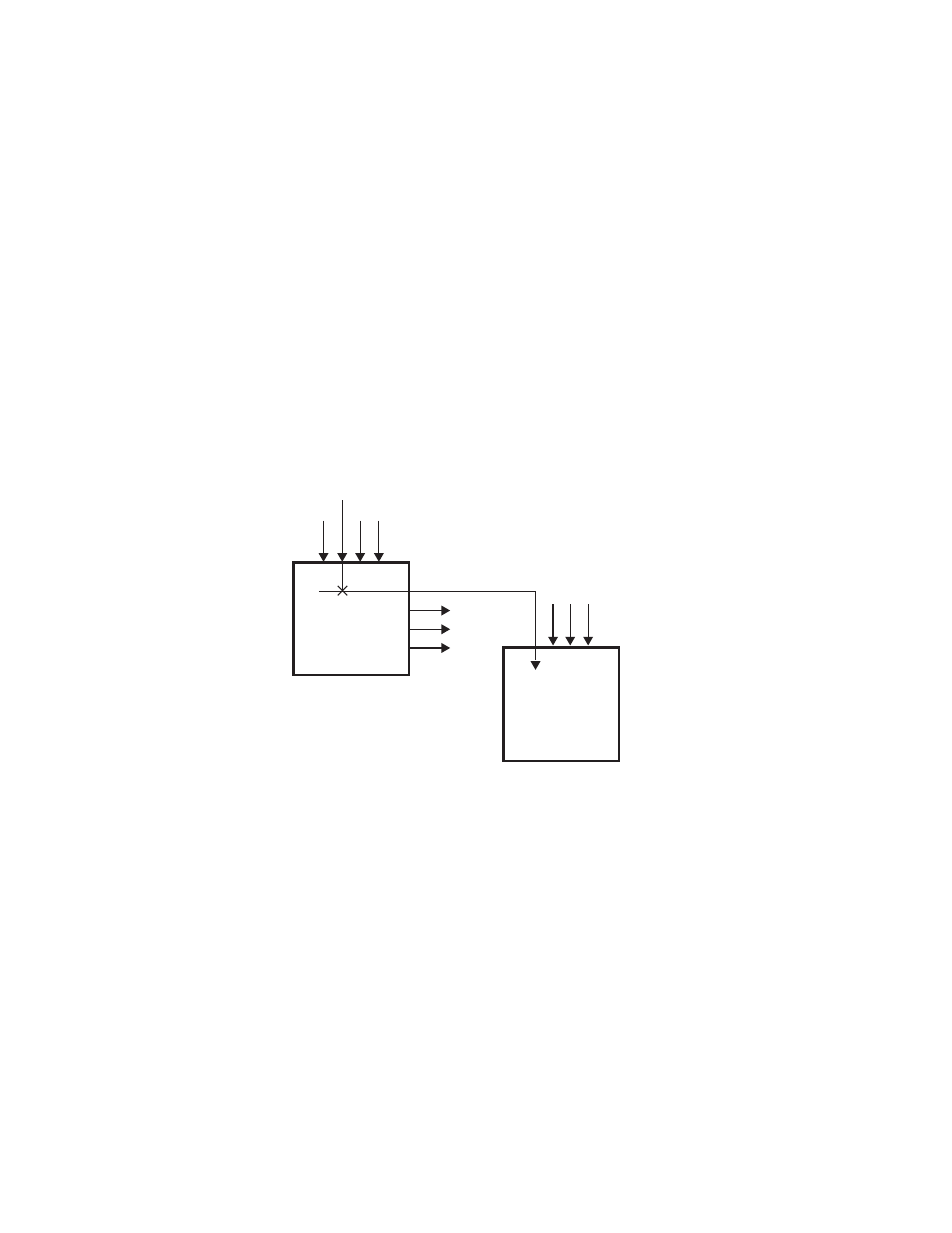Router interface, Introduction – Grass Valley Karrera Video Production Center Installation v.4.1 User Manual
Page 218

218
KARRERA — Installation & Service Manual
Section 6 — External Interfaces
Router Interface
Introduction
The Karrera system can interface with an external routing system. A
routing system connects a router source (router input) to a router destina-
tion (router output). Changing the router source sends a different signal to
the destination (called a take). A router destination can in turn be con-
nected to a Karrera input and be configured as a routed Karrera source
(called switcher source in this discussion and in the Karrera menus). The
router acts as a pre-selector for the switcher source, and so increases the
number of inputs available to a button on a Karrera system bus
(
Figure 159. Router Source, Router Destination, and Routed Karrera Source
An external routing system can be configured into levels, to allow the
switching of multiple signals simultaneously. For example, video signals
can be organized on one level, and key signals on another. By specifying
both levels when giving a router take command, both the video and key
signals of a source will be routed to their destinations.
Note
Karrera system router Take commands are only applied to all router
levels.The external routing system’s destinations must be configured with all
router levels selected.
Router control panels can also protect router destinations from being
changed by other control panels. A protected router destination cannot be
changed by a different control panel, but may be changed by the panel that
set the protection. Protections help prevent inappropriate router source
changes. The Karrera system can be considered a type of router control
Router
Inputs
Router
Outputs
Router
Source
Router
Destination
8623266_87
External Routing
System
Kayenne
Inputs
Routed
Kayenne
Source
Kayenne System
